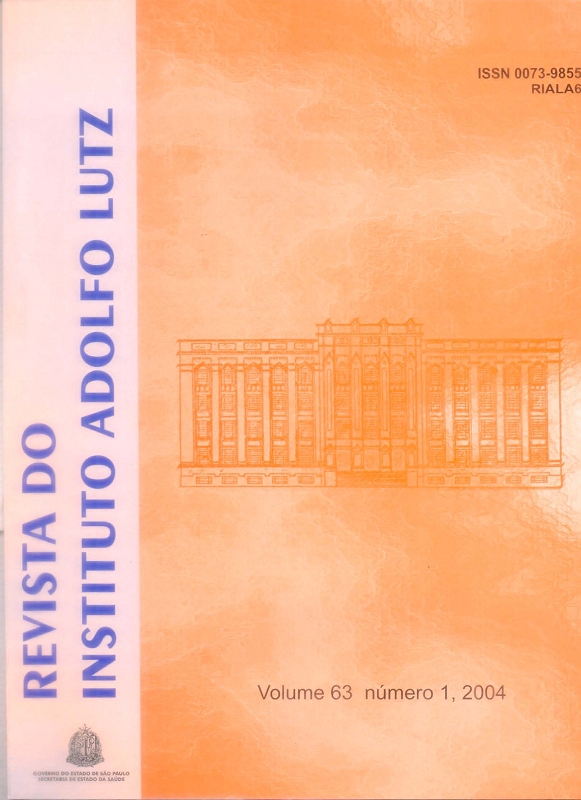Abstract
The aim of this study was to evaluate the sensory quality attributes regarding soy oil (SO), and partially hydrogenated soy fat (PHSF) stability in potato frying process, according to the indicative discarding time parameters. The sensory testing included SO, PHSF, and French fries colour ranking, as well as the category scales to evaluate global quality and oxidation intensity of odor in SO and PHSF, and French fries
odor and flavor, exhibited at different length of frying time. The total time of processing was 100 hours at temperature controlled to 180ºC +5. Sensory results revealed colour darkening in both SO and PHSF, and also a moderate oxidation odor in proportion to the increasing of frying time. The same tendency toward both oxidized odor and oxidized flavour in French fries samples was observed. No significant difference was observed in odor and flavour sensory quality in French fries prepared either in SO or PHSF.
References
1. ABNT, Associação Brasileira de Normas Técnicas. NBR 13170: teste de ordenação em análise sensorial de alimentos. Rio de Janeiro, 1994. 7p.
2. ABNT, Associação Brasileira de Normas Técnicas. NBR 14141: teste de escalas utilizadas em análise sensorial de alimentos e bebidas. Rio de Janeiro, 1998. 3p.
3. Faria, E. V.; Mori, E. E. M.; Yotsuyanagi, K. In: Técnicas de Análise Sensorial. Instituto de Tecnologia de Alimentos / LAFISE (ed.). Campinas, São Paulo, 2000. 102p.
4. Ferreira, V. L. P. et al. Análise Sensorial: Testes Discriminativos e Afetivos. Manual: Série Qualidade. 1aed., SBCTA:Campinas, 2000. 127p.
5. GretagMacbeth. Quick Guide to Operation FM Test. Munsell Color. GretagMacbeth, 1997. 31p.
6. ISO, International Organization for Standardization. ISO 8587: sensory analysis: methodology-ranking. Geneva, 1988. 9p.
7. ISO, International Organization for Standardization. ISO/DIS 3972: sensory analysis: method of investigating sensitivity of taste. Geneva, 1990. 9 p.
8. Jorge, N. Estudo do comportamento do óleo de girassol e do efeito do dimetil polisiloxano em termoxidação e frituras. Campinas, 1996. [Dissertação de Doutorado - Faculdade de Engenharia de Alimentos, Universidade Estadual de Campinas.
9. Martin, J.C. et al. Effect of fatty acid positional distribution and triacilglicerol composition on lipid by-products formation during heat treatment: II trans Isomers. J. Am. Oil Chem. Soc., 75: 1073-78, 1998.
10. Meilgaard, M.; Civille, G.V.; Carr, B.T. Sensory evaluation techniques. 3 ed., Boca Raton: CRC Press; 1999. 387 p.
11. Ovesen, L.; Leth, T.; Hansen, K. Fatty acid composition and contents of trans monounsaturated fatty acids in frying fats, and in margarines and shortenings marketed in Denmark. J. Am. Oil Chem. Soc., 75:079-1083, 1998.
12. Romero, A.; Cuesta, C.; Sánchez-Muniz, F.J. Trans fatty acid production in deep fat frying of frozen foods with different oils and frying modalities. Nutr. Res., 20:599-608, 2000.
13. Stevenson, S.G.; Vaisey-Genser, M.; Eskin, N.A M. Quality control in the use of deep frying oils. J. Am. Oil Chem. Soc., 61:1102-8, 1984.

This work is licensed under a Creative Commons Attribution 4.0 International License.
Copyright (c) 2004 Revista do Instituto Adolfo Lutz
